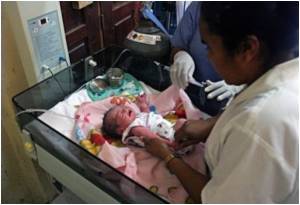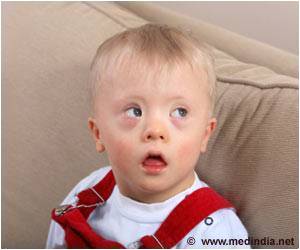The careful monitoring of heart formation timeline from about 4 days to 124 days can help prevent miscarriages in the future.

She said: "We have identified a critical time of development of the human heart in pregnancy. We now have a map that we can use to interpret problems during development and look at ways of trying to resolve those problems."
The research involved the imaging of 23 fetal hearts with a gestational age range of 95 to 143 days in the womb.
The study, published in the Nature journal Scientific Reports, looked at how the heart developed 13 to 20 weeks into pregnancy. The researchers used the MRI technology, specifically-written algorithms and 3D computer software to visualize the growing heart.
They found that the most remarkable changes occurred over a four-day period, 124 days into the pregnancy.
Within this short period, the muscle tissue of the heart rapidly organize. Cardiac fibers were laid down to form the helix shape of the heart within which the four chambers of the heart form. Without this essential architecture in place, the fetal heart cannot survive outside the womb.
Advertisement
Dr.Pervolaraki, from the School of Biomedical Sciences at Leeds, said there was a remarkable consistency around that fact that this phase of the heart's development started between the 16 and 17-week point, precisely at 124 days into pregnancy.
Advertisement
Dr.James Dachtler, from Durham University, said: "The expression of connexin 40 and connexin 43 helps cells in the heart to communicate with each other.
"As the amount of these proteins increases, cells can 'speak' to each other more effectively, which is why we believe we observed this structural development of the heart."
The scientists acknowledge that the development timeline of the human heart remains elusive because of the difficulties of measuring development in the womb.
At the moment, doctors can only effectively monitor a baby's heart after 20 weeks into a pregnancy, and by then developmental problems are difficult to resolve.
The research team believes the specialist imaging techniques that they used could be adapted for use in hospital clinics, allowing clinicians to spot whether a baby's heart is failing to form properly.
Source-Eurekalert












